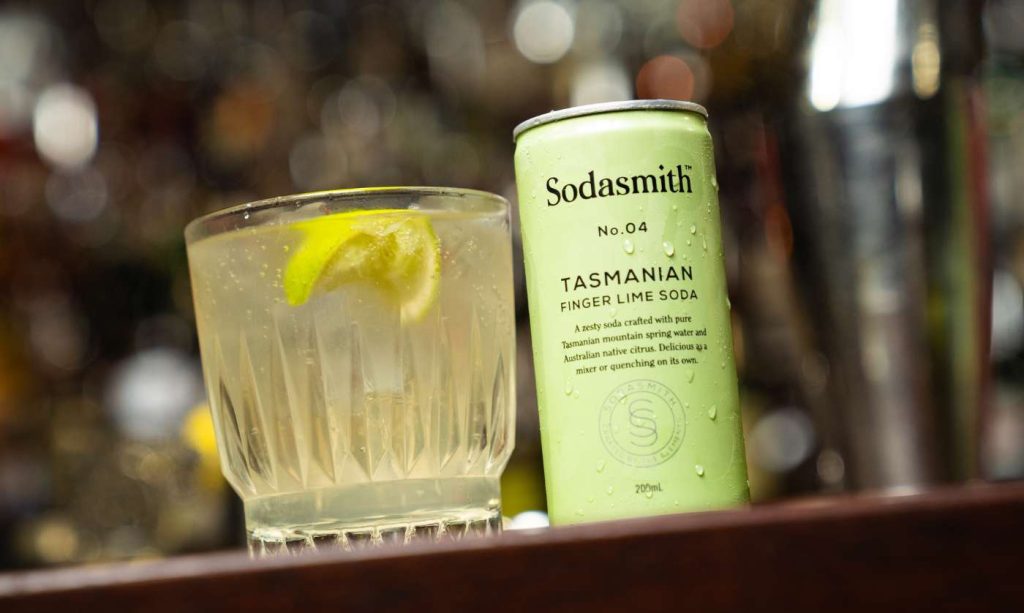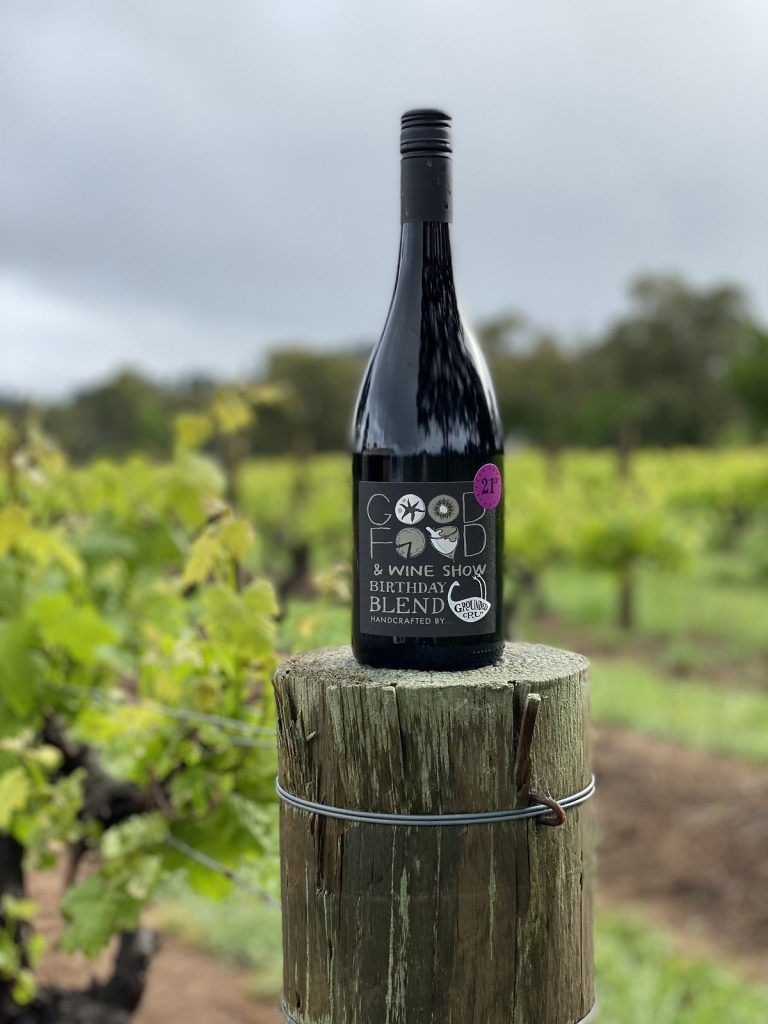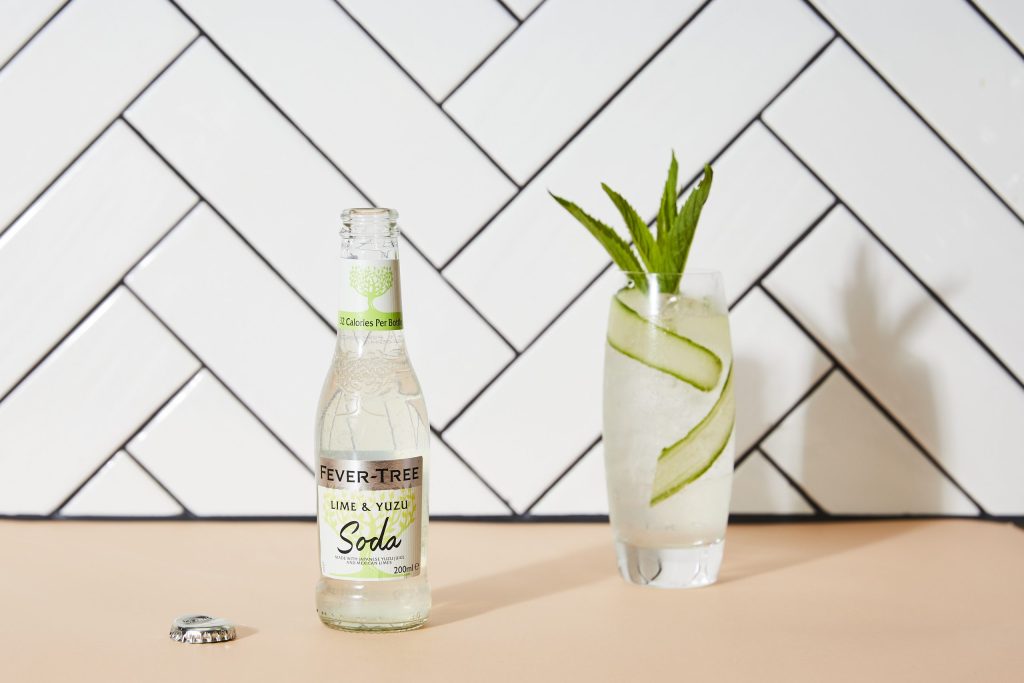Secrets of Sake
Published 16 Jul, 2015Steeped in the mystery of thousands of years of tradition, sake is enjoyed as much for its beautiful rituals as it is for its complex and intriguing taste.
Originating in the Nara period 700AD, production has always been revered as a highly respected craft and the role of the Toji, or sake brewer, was likened to an artist or craftsman. Traditionally this title was passed down from father to son and even today many of the most famous sake houses are family businesses that go back generations.
Slava Beliakova, Australian sake sommelier and writer of Sake Guide, explains that sake is made by fermenting a special type of sake rice that is larger, stronger and contains less protein that regular rice – it’s terrible to eat but perfect for sake! At the beginning of the process the rice is polished to remove the bran and then steeped in water for anywhere between a few minutes to overnight. The rice is then steamed and cooled, and a specialized type of mould – koji- is added and left to ferment for 2-3 days, to turn starches into sugars. This step is akin to malting in beer brewing. Yeast needs sugars to create alcohol, and koji mould creates those sugars.
Once the mould has propagated over the rice, the rice is mixed with water, yeast and more freshly steamed rice to create the yeast starter. Over the period of two weeks, as yeasts grow stronger, more water, moulded rice and steamed rice are added until the final fermenting mash is formed. This mash – moromi – is left to its own devices for 20-40 days, until the master brewer determines that the sake is ready. The sake is filtered from this solid mixture and left to mature for 6-12 months to develop the flavour. With only a few exceptions, sake does not generally age past this point and so it is best consumed within a year of being made.
As you can see, the process is quite an art form and each brewery has its own version of this method using different timing and measurements, which results in a very different product.
“Sake’s range of flavours is truly fascinating,” explains Slava, “The Japanese have a saying: ‘Sake doesn’t fight with food’. What that means is that sake rarely clashes with food, and has a refreshing effect on the palate.”
“Sake’s overall acidity is up to 10 times lower than wine’s. It is also rich in glutamic acid, the key component of the umami, that taste element that is savoury and satisfying. The savoury richness of sake, especially pronounced in junmai type, makes it a great match with equally rich food – cured meats, cheeses, steaks and stews. “
“The biggest sake flavour surprise of all is the floral and fruity aromas of sake’s premium grades, ginjo and daiginjo. A drinker will find apple and melon in spades, but also banana, strawberry, lychee and peach. Freshly cut grass, citrus and herbs are also waiting to be discovered. Some of the most aromatic sake brands in Australia are Dassai, Houraisen, Dewazakura and Taka.”
For centuries sake has played an important role in the ritual ceremonies of Japanese culture. While today the traditions surrounding the consumption of sake have relaxed, it’s a wonderful experience to practice the rituals.
Traditionally it is drunk from small cups called ‘choko’ and poured from a ceramic flask called a ‘tokkuri’. It can also be served in a wooden box called a ‘masu’, which was originally used for measuring rice. Sake can be served chilled, at room temperature or heated. However it is generally thought that premium sake should be enjoyed chilled, while sake of with robust flavours, like junmai, can be heated. It is tradition never to serve your own sake and instead friends should serve each other. As if we needed an excuse, this sounds like a great reason to get together with some friends for a sake tasting.









